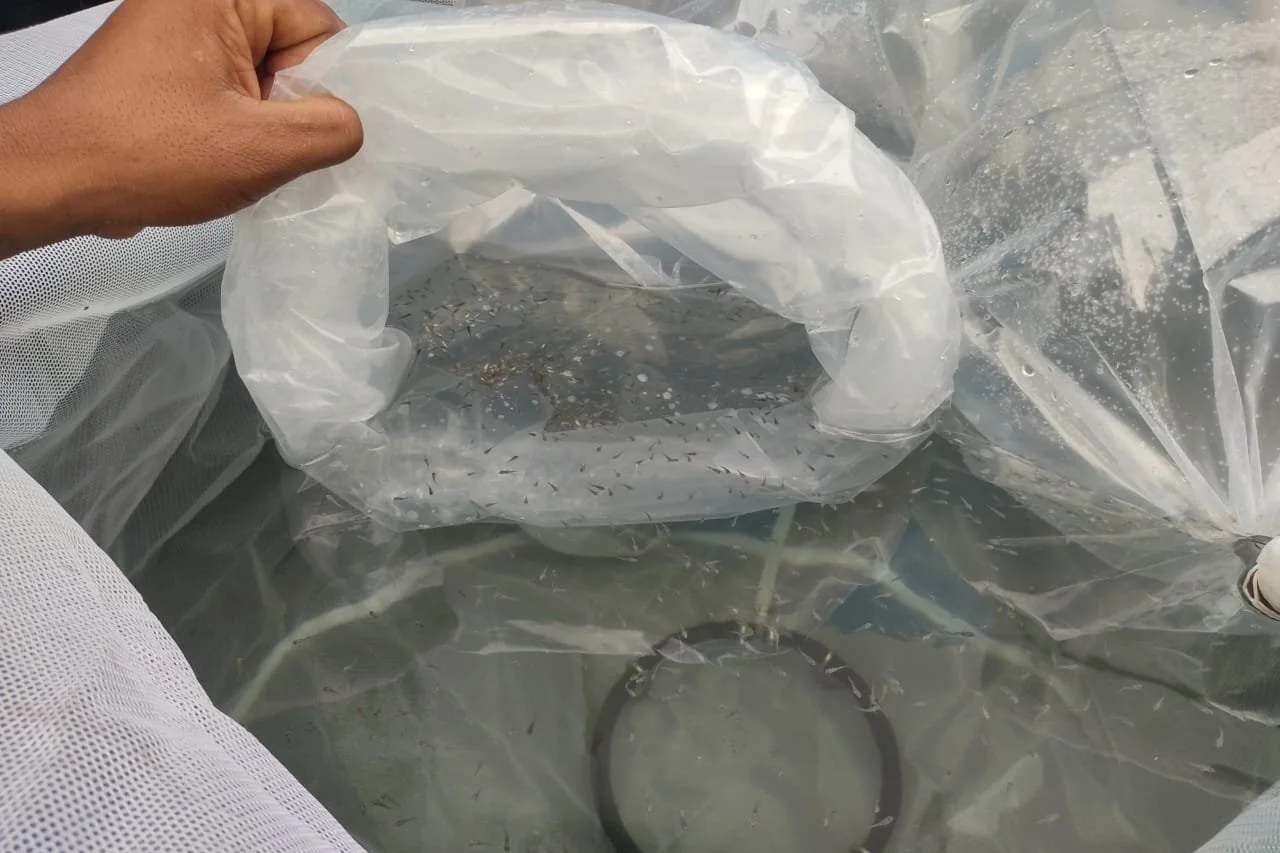Nile Tilapia returning to Africa
The Aquaculture Research Centre (CEPAQ) has focused on research and applied research for sustainable and profitable aquaculture through transferring production technologies to different participants in the tilapia production chain. The Royal Norwegian Society for Development (Norges Vel) and The Oceanographic Institute of Mozambique (InOM) are implementing the project "a platform for aquaculture development in Mozambique" (CEPAQ-Project) for the period 2019-2024, funded by the Norwegian Government.
By Jose Ramos, Country Manager Mozambique
It is believed that the tilapia farming of, particularly the natural variety of Nile tilapia, originated more than 4,000 years ago in Egypt. Tilapias are now farmed around the world, and in fact, they are more common in Asia than in their homeland in Africa.
The first generation of Genetically Improved Farmed Tilapia (GIFT) were bred to grow quickly and monitored for good survival, the two factors that most influence productivity. WorldFish and partners created an improved strain of tilapia, called the GIFT, by pioneering a systematic breeding method. This was based on selective breeding programs for salmon and trout established in Norway in the 1970s2. The founding population of GIFT comprised wild Nile tilapia from Egypt, Ghana, Kenya and Senegal, and farmed Nile tilapia from Israel, Singapore, Taiwan and Thailand. After 28 years of selective breeding, GIFT is now producing its twenty-third generation and is being used by 17 nations around the world.
The tilapia genetic enhancement program at the State University of Maringa (UEM-Brazil) began in 2005, after the import of 600 specimens from 30 families of the GIFT strain originating in Malaysia. In this program, the researchers named the object of study the Tilamax line. The CEPAQ-Project, the import of Nile Tilapia (TILAMAX G-12 variety), took place on 16 December 2023.
The import of TILAMAX G-12 variety is planned in two batches to reduce the risks involved. The first batch of 20,000 animals arrived on 16 December 2024, and the second batch of 20,000 animals is under production and will be received in February 2024.
PhD Manecas Francisco Baloi oversaw all the technical aspects of the import, and he considered that the import was a success based on the low mortality - less than 10% - and the fast growth of the fish in quarantine in the wet laboratory conditioned for that purpose. Four highly qualified staff from InOM, Rafael Rafael, Jose Murama, Ester Alberto Chingueleze and Leoracia Herculano, supported the technical and practical work during the quarantine period led by Manecas Baloi. The CEPAQ staff, at the management and technical level, also contributed to many aspects related to logistics, mandatory and non-mandatory tests, and practical aspects related to the import and quarantine, José Vilanculo, Bene Baibene and Palmira Manjate.
The import from Brazil demands correct handling of many legal, technical, logistic and practical aspects. On the 26 of January 2024, the animals were moved from the quarantine in Maputo to CEPAQ, Chokwe. The staff is aware of the magnitude of the event and is excited about receiving the new "babies" at CEPAQ, and some photos show their reaction. They are aware of their responsibility and expect that the production of breeders will also succeed in sending them to hatcheries around the country to increase food security in Mozambique.



